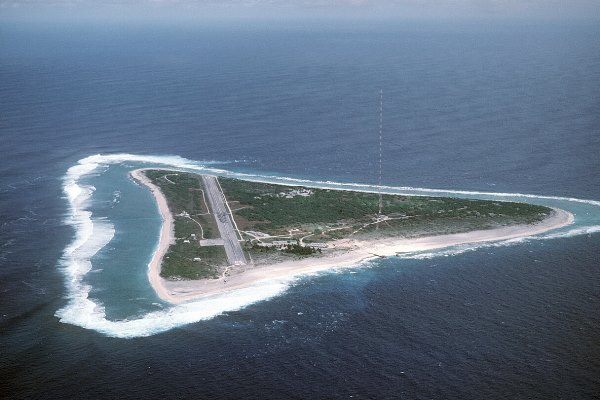Over 200 Million Tons of 'Manganese Nodules' Discovered 5,000 Meters Underwater in the Waters of Minamitorishima

Over 200 million tons of 'manganese nodules' have been discovered in the deep sea within Japan's exclusive economic zone (EEZ) near Minami-Torishima in the Ogasawara Islands. It is expected that trial commercial extraction will begin in 2025 in collaboration with private companies.
According to Japanese media reports, a research team, including members from the University of Tokyo, had already discovered the presence of 'manganese nodules' during a survey in 2016. A detailed investigation using remotely operated underwater vehicles between April and June of this year (2024) found approximately 230 million tons of 'manganese nodules' in an area of about 10,000 square kilometers near Minami-Torishima, at depths of approximately 5,200 to 5,700 meters.
The reports also stated that an analysis of the collected 'manganese nodules' revealed that the total content of rare metals in this area includes approximately 610,000 tons of cobalt and 740,000 tons of nickel. This amount is equivalent to 75 years and 11 years of domestic consumption in Japan, respectively.
It is understood that 'manganese nodules' typically appear as black spherical objects, primarily composed of oxides of iron and manganese. The core of a 'manganese nodule' consists of a rock or the teeth of dead fish. In addition to manganese, copper, and iron, they contain small amounts of rare metals such as cobalt and nickel, which are essential materials for manufacturing lithium batteries. Japan expects to start a three-year trial extraction in 2025, and if it proceeds smoothly, large-scale commercial extraction will follow.
- 229 reads
Human Rights
Fostering a More Humane World: The 28th Eurasian Economic Summi

Conscience, Hope, and Action: Keys to Global Peace and Sustainability

Ringing FOWPAL’s Peace Bell for the World:Nobel Peace Prize Laureates’ Visions and Actions

Protecting the World’s Cultural Diversity for a Sustainable Future

Puppet Show I International Friendship Day 2020

